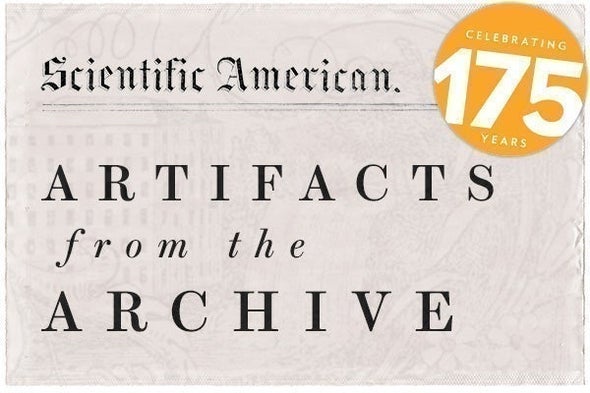Originally published in August 1863
“If the sun were composed of coal, it would last at the present rate only 5,000 years. The sun, in all probability, is not a burning, but an incandescent, body. Its light is rather that of a glowing molten metal than that of a burning furnace. But it is impossible that the sun should constantly be giving out heat, without either losing heat or being supplied with new fuel. Assuming that the heat of the sun has been kept up by meteoric bodies falling into it, it is possible from the mass of the solar system to determine approximately the period during which the sun has shone. The limits lie between 100 millions and 400 millions of years.”
—Scientific American, August 1863
More gems from Scientific American’s first 175 years can be found on our anniversary archive page.




